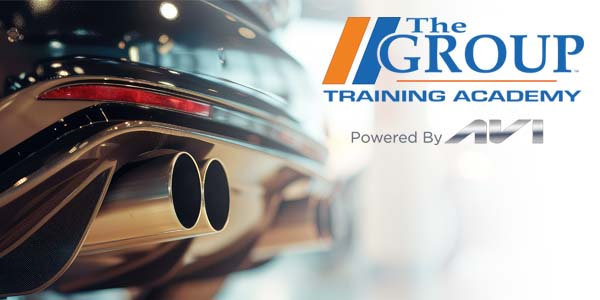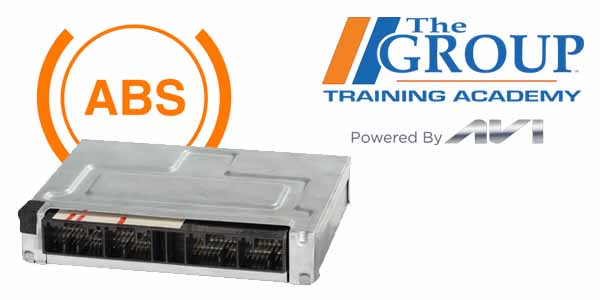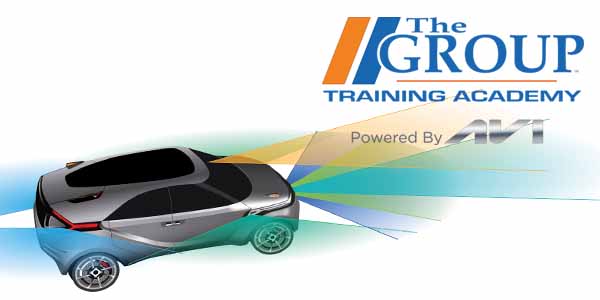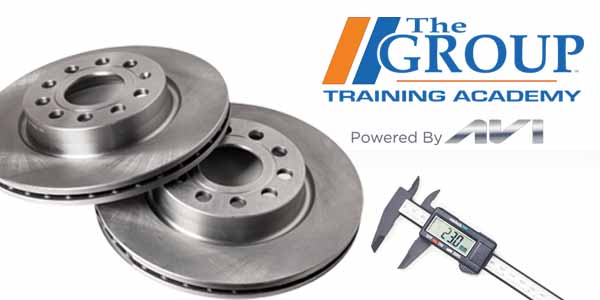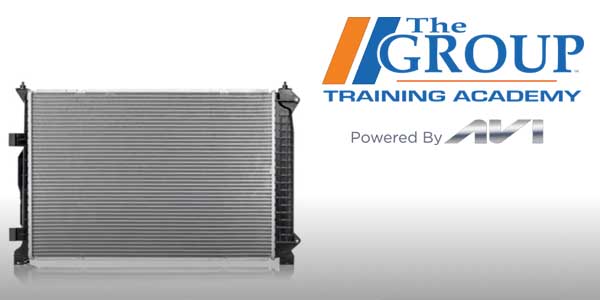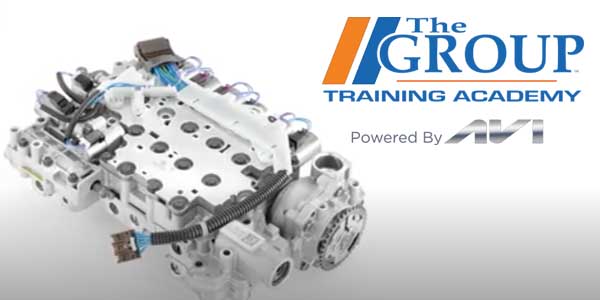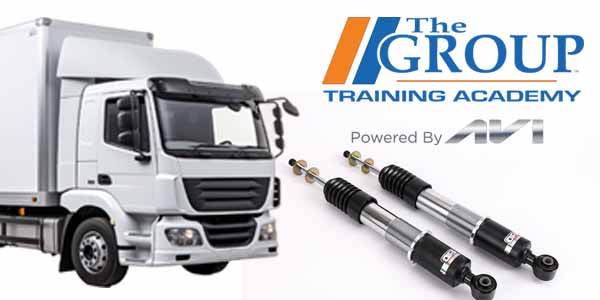The internal combustion engine remains one of the most important technological innovations of the past 100-plus years. But, the process of internal combustion is inherently inefficient on gas mileage.
That’s why there are so many parts and systems devoted to managing the excess heat and gases that are byproducts of internal combustion.
Of course, generating heat is a fundamental aspect of internal combustion. But once this heat is used to rotate the engine, it has to go somewhere. While much of it goes out the exhaust, plenty of it stays around the metal parts of the engine, and that’s where the engine cooling system – and the radiator in particular – come into play.
This video is sponsored by The Pronto Network.

